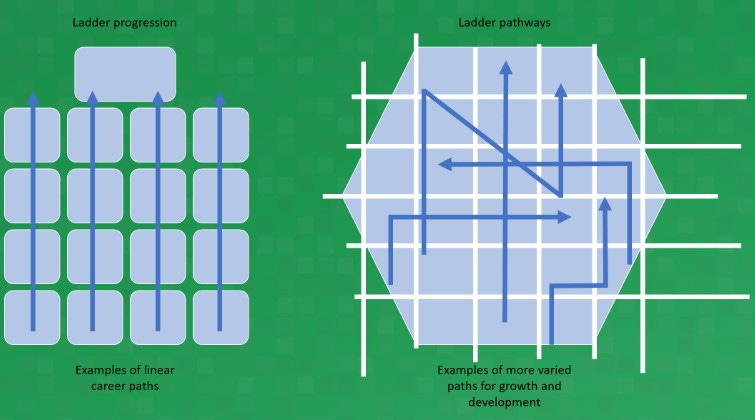Ladder vs. Lattice: rethinking Sales career growth
Exploring the shift from vertical growth to horizontal expansion in B2B Sales
While doing my research and reading, I came across some interesting material from Gartner that I thought could be useful to share with you.
Here are the key reasons why:
It's the first time I've seen the concept of a lattice applied specifically to salespeople.
It provides an opportunity to learn how to differentiate between the ladder and lattice career progression models.
In previous articles, we’ve discussed how the term "salespeople" is a broad and vague category that encompasses many different roles. If you missed them, you might want to catch up on the following:
The career development lattice clearly illustrates that behind the term "salespeople," there are different realities: SDRs, Account Managers, Field Sales Managers, and more.
Now, let’s break down the difference between the ladder and lattice career models. The idea behind the ladder is that your career progression is vertical, either within the same function or department. You’re given more responsibilities, better pay, and an upward trajectory within the same field.
In contrast, the lattice—a much newer term that is increasingly replacing the ladder concept—allows for both vertical and horizontal growth. With a lattice, career progression is no longer strictly linear. Employees have the flexibility to move across functions and gain diverse experiences while continuing to grow professionally.

In upcoming articles, we’ll explore the importance of offering such development paths for sales reps. This approach impacts motivation, quota attainment, and retention. Stay tuned—some of the findings might sting a bit...
We are heading toward the end of the Year: good luck with your last deals.

